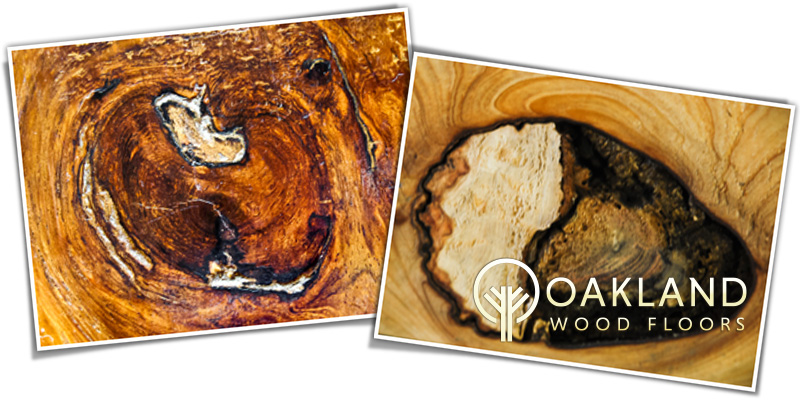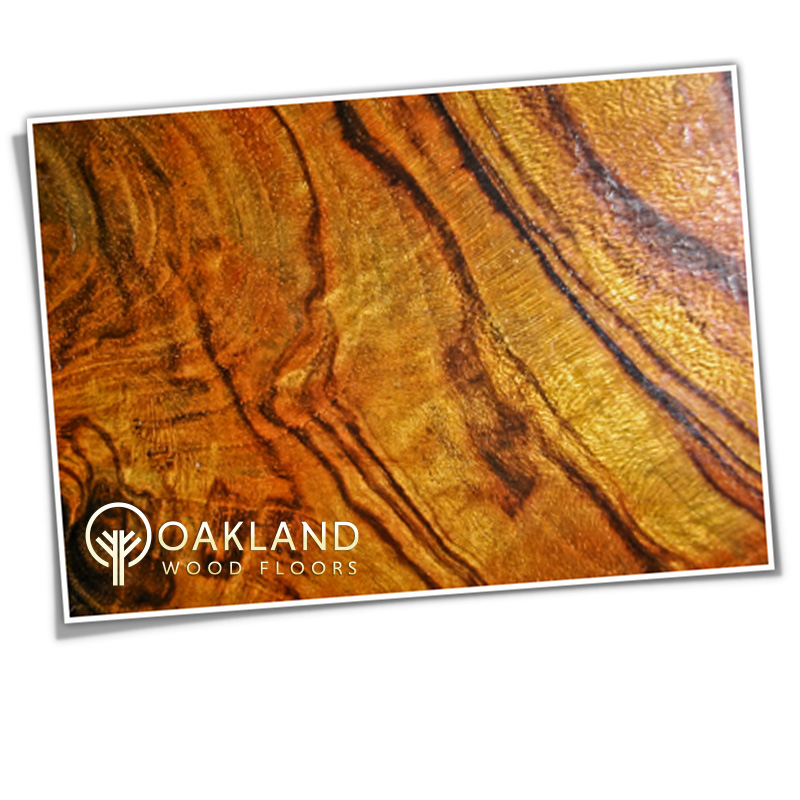Wood is unique in that irregularities in it often result in a more attractive and valuable construction, but this is not always the case. One of the reasons wood is so beautiful is because it is unique and often unusual, creating mesmerizing patterns which anyone can appreciate.
Take knots, for example. In general, they are considered to be defects, but many beautiful works of craftsmanship, such as a captivating wood flooring, have been created with wood that has them. So what exactly causes these "defects"? Branches, that's what. The knot is the location at which the branch connected into the main stem of the tree. Lateral budding initiates limb growth as the tree grows. The branch was originally connected to the pith of the main stem! Even after the branch dies, where it resided on the tree remains in the form of a knot. The tree will keep growing, even encompassing the knot within its growth rings and reabsorbing it. It becomes an intergrown knot if it is still alive, which is a cone of branch wood. If a dead stub remains and is reabsorbed, the tree will still absorb it and forms what is called an encased knot. If the encased knot should fall out, it results in a knothole and definitely you don't want a knothole in the middle of your living room floor!

So how can you tell the difference when looking at your lumber, long after it was a tree? Look at the color. If it was an alive, encased knot, it will probably be a reddish color. If it was a dead, encased knot, it is probably black from stain and decay. A tree  with an encased knot will show the death for several years, measured by growth rings that extend further than you might imagine!
with an encased knot will show the death for several years, measured by growth rings that extend further than you might imagine!
The way that the knot shows up in your wood depends on what type of sawing you got for your lumber. Radial sawing can produce spike knots, which are unusually shaped defects that do not resemble a circle at all, but more like a spike. Flatsawn boards on a knot produce your typical round knots that we see in most of the cabins in Lake Tahoe and others in the Bay Area. Some knots are smaller than a pencil tip and are called pin knots.
If you are a flooring contractor, we recommend that if you want to avoid knots, purchase clear and select wood flooring.
So how can you predict if there are knots in your board? If you get a a pie shaped section and remove the first few growth rings near the pith (since all knots originate there), you will probably see some tiny knots if there are any further deeper within.
